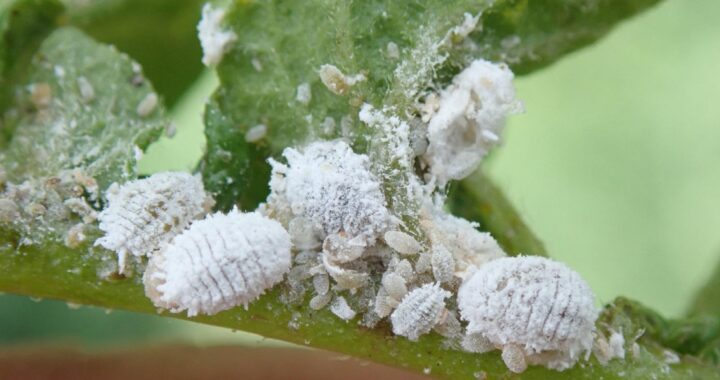Plumerias Around The World

By Luc R. Vannoorbeeck
Plumeria or Frangipani are synonymous with perfume. The plants belong to the Apocynaceae family. No other plant family seems to possess so many different and intoxicating essences. Plumerias have strong fragrance likened to coconut oil, rose, cinnamon, allspice, citrus, jasmine, gardenia, fresh peaches and even frangipani.
Plumerias are natives of tropical America. They are found in the wild as native in several countries of Central America, Mexico and Venezuela. Their discovery in Guadeloupe and Martinique give them the name of Frangipani. Specimens are found in Cuba (P. cubense) and the Bahamas (P. bahamaensis).
The fragrance and abundance of Plumeria flowers made them favorite to the Indians of Mexico and Central America long before the advent of the Spaniards. Aztec maidens of the nobility wore them in their hair.
Plumerias are easy travelers. They are found in all tropical regions of the world. The Spanish missionaries in the new world found that they could travel for days even weeks with cuttings of Plumerias in their travel bags. They transported the plants from mission to mission and planted them near the walls of the mission churches. This also happened to be cemetery grounds. Cemeteries in Nicaragua display Plumerias of all ages.
The Plumeria plants adapted to the dry season of the tropics by shedding their leaves and save on water. The advent of the rainy season bring the plants to their full set of leaves and flowers. This made the Plumeria plant a perfect symbolism in cemeteries.
The Plumerias traveled to the Philippines and the Orient. They became known as pagoda and temple plants. Only white colored cultivars are allowed to grow on the grounds of the temples in Thailand. All other colors are prized in the gardens of that country.
The Plumerias reached their adopted island of Hawaii in 1860 when a yellow specimen was brought in by a German physician and botanist. The first red is believed to have arrived from Mexico around 1900. In 1931 the first white “Singapore” Plumeria was brought to Hawaii from a large collection at the Singapore Botanical Gardens, originally established in 1913 with plants from the New World tropics. This cultivar “Singapore” is omnipresent in public and private gardens in Honolulu. The airport is greeting travelers with large Plumeria specimens well groomed to produce abundant white flowers. The side walks of Waikiki Beach are lively with thousands of Plumeria flowers falling from huge specimens growing in large plant boxes.
Plumeria plants are well adapted to various locations as long as drainage is adequate. Kona, on the dry West side of the Big Island of Hawaii, has some of the most magnificent specimens of Plumerias. On the Hilo, or west side of Hawaii, the Plumerias are as abundant despite a total annual rainfall of 300 inches.
In the more subtropical climate of South Florida, the Plumerias are well adapted to the sandy soils of the East and West Coast, or in the calcareous soil of South Dade. Soil drainage and a minimum watering from irrigation is essential. A cultivar named “Miami Rose” is very well adapted and can grow up to 35 feet. The cultivar is well named because its flowers exude a very strong fragrance of suntan lotion. Naples beaches and Sanibel Island on the west coast have magnificent large Plumeria specimens growing in sand in close proximity to salt water. Sunshine is the most essential element necessary to produce and abundant crop of magnificent flowers.
The Plumerias of Florida are deciduous because of short daylength in winter. Trees planted in the proximity of high pressure sodium street lights have shown a tendency to remain evergreen. This observation is most evident in the well lit portion of old Key West.
 Plumerias On the Move
Plumerias On the Move  About Plumeria – University of Hawaii
About Plumeria – University of Hawaii  Understanding Plumeria’s Seasonal Cycles
Understanding Plumeria’s Seasonal Cycles  Why are Plumeria Seedlings so Different?
Why are Plumeria Seedlings so Different?  Mealy Bugs Plumeria Pests
Mealy Bugs Plumeria Pests  Known Plumeria Names
Known Plumeria Names